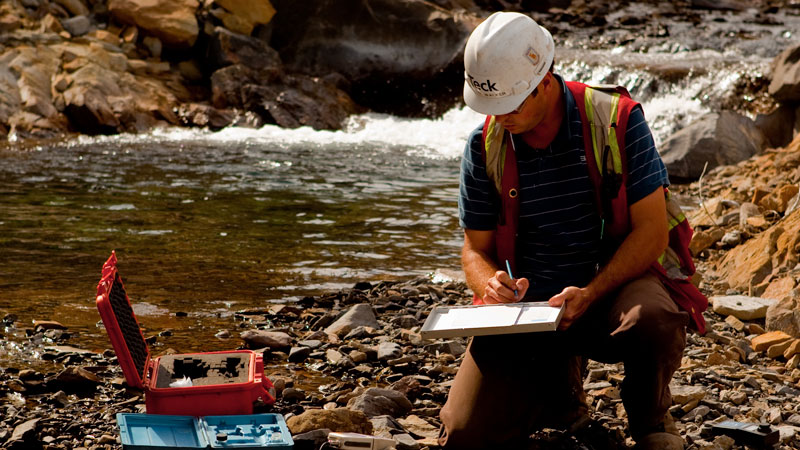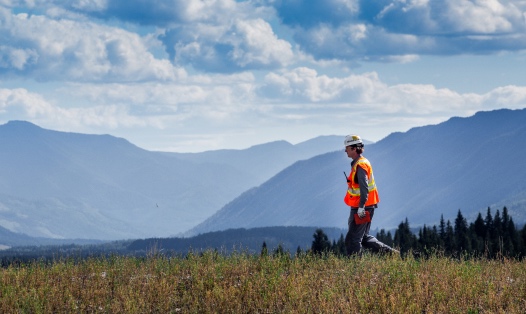Selenium, which is an element that is essential for human and animal health in small amounts, can, in high enough quantities, potentially affect aquatic health.
Managing the release of selenium from waste rock is a priority for our steelmaking coal operations. We are committed to managing selenium to ensure the health of watersheds near our operations in order to support continued sustainable mining in these regions.
Since 2011, each of our steelmaking coal operations has been required to submit an annual selenium management plan to our coal business unit. These plans are an important component of our sustainability commitment to address water quality, namely keeping clean water clean, minimizing water quality deterioration and restoring affected water resources. To manage selenium, we use an ecological risk-based approach that engages stakeholders, including community members, industry, and provincial and federal agencies.
Our Cardinal River Operations (CRO) in west-central Alberta has made strong progress in implementing options to reduce and control selenium, with the goal of protecting the McLeod River watershed. Our strategy to reduce selenium includes management actions across the three phases of a mine’s life: planning, operation and reclamation; however, we made a conscious decision to prioritize selenium management for reclamation and legacy sites at CRO. We came to this decision after a site-specific ecological risk assessment showed that managing selenium at these sites would have the greatest overall benefit for our selenium reduction efforts.
One example of a selenium management action at a legacy site was the 2013 commissioning of a pipeline to transport water with elevated selenium concentrations from our B6 Pit to our coal processing plant for use as process water. This system, which went into operation in 2014, is a good example of how we can reuse water to help reduce the release of selenium downstream of our operations.
We also continue to maintain a biochemical reactor (BCR) treatment facility on Leyland Pond for capturing and passively treating selenium prior to release into the watershed. The BCR works by using naturally occurring organisms to reduce the mobility of selenium. The Leyland Pond BCR has become our coal business unit’s benchmark for measuring the success of this passive water treatment technology on a pilot scale application, and it could inform future selenium management at other sites.
In 2014, CRO also began examining the effectiveness of managing selenium through use of saturated waste rock fills. These are mined-out coal pits that have been filled with waste rock and allowed to saturate with water. Saturated waste rock fills show potential as a technique for managing selenium release. The work underway at CRO is an important component of our overall selenium research and development program.
Aside from specific capital projects, selenium management at CRO is integrated into our cost of doing business, and the results of our surface and groundwater monitoring in 2014 indicate that Cardinal River’s selenium management plan is having a positive impact on water quality in the McLeod River.
“We set objectives to address selenium during all three phases of our mining business, and we take selenium into consideration with every decision we make,” said Marc Symbaluk, Superintendent, Environment, CRO. "Our actions will continue to have a positive influence on water quality in the McLeod River watershed, ensuring its long-term health and supporting continued sustainable mining in the region.”

